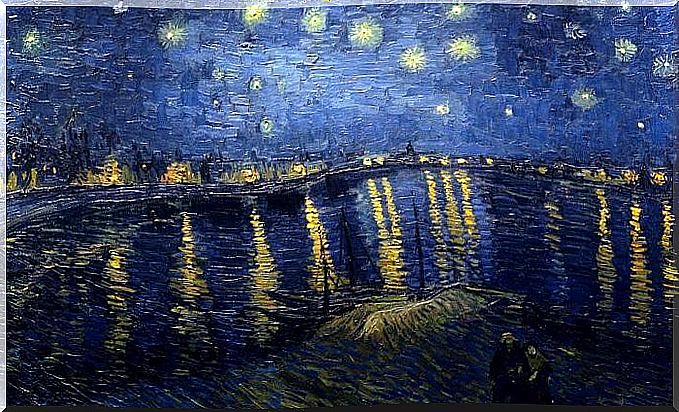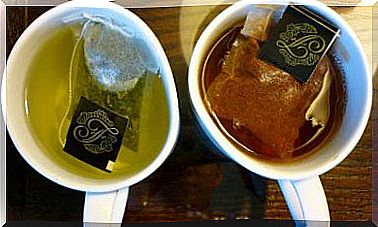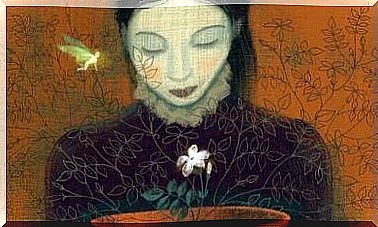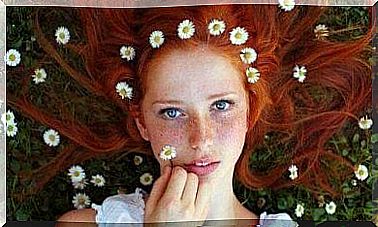Love And Sadness In Van Gogh’s Paintings

Friedrich Nietzsche once said: “ There is always a part of dementia in love. But even in dementia there is a part of reason “. Without a doubt he was right, sometimes it is difficult for us to identify the limits in many aspects of human life. Where does genius end and madness end? Does love drive us insane?
And again, why were most of the great artists gifted with that eccentricity that often resulted in mental illness? We recall, for example, cases such as the schizophrenia of Edvard Munch, author of L’urlo , or the paranoid crises of the brilliant Dalì, both prominent personalities who found in art the perfect expression for the demons and the wonders of their privileged minds, but also suffering. Because let’s not forget that there are very few artists who have really found happiness in their art, and even less in the canvas of their life. Vincent Van Gogh’s example is certainly the most relevant.
From order to chaos
The humble painter who never achieved fame in life suffered from various diseases: epilepsy, Ménière’s syndrome and manic-depressive psychosis. The studies carried out on his life, his letters and his works make experts think that his life was not at all easy and that, despite the fact that he could count on the support of his brother and his dear friend Paul Gauguin, nothing could prevent that took his own life by shooting himself at 37.
His paintings suddenly became darker and more wavy, with stars that resembled eyes watching his sadness, sending him the echo of his madness.
The reality is that it was not always like this, there were positive times, particularly when he finished his training in Paris and furnished a delightful house in Provence, where other artists of the time lived and where he could rely on the invaluable company of Paul Gauguin. . They used to go out often, they got drunk and immersed themselves in those Parisian nights in which every detail shone with its own originality to be put on canvas. It was then that he created Terrazza del caffè in the evening .
The perfect balance of the vertical lines undoubtedly conveys his inner tranquility, his happiness. However, the melancholy episodes were not long in coming: insomnia, panic and madness led him to change the style of his art, heavier, more nervous features appeared, crows began to fly over the endless wheat fields where the attention is always captured by the vibrant, almost electric colors.
Van Gogh’s ear
Much research has been conducted regarding the accident. Did he really cut off his ear with a knife? For many experts this was not really the case. Van Gogh centered his life on someone special to him: Paul Gauguin.
One night, during a visit to a closed house, Gauguin informed Van Gogh of his intention to leave, he could no longer bear his mood swings, his eccentricities and his weaknesses. Worse still, she was afraid of him. They began to fight in the street armed with swords, but Gauguin was an expert fencer and perhaps, unwittingly, passed the blade too close to each other and ended up cutting off the ear of his complicated friend.
Van Gogh returned home and the next day wrapped his ear in a handkerchief to send it to Rachel, one of the prostitutes Gauguin used to hang out with. He stated that it was an act of resentment and that, driven to madness, he himself had cut off his ear with his knife. He didn’t want Gauguin to blame himself, for nothing in the world he wanted a dear friend to be judged, much less condemned. But perhaps this was how his sentence began, because after that accident Paul Gauguin disappeared forever from his life, and he let himself be overcome by madness and despair, as can be seen in Starry Night , for example, in the sky furrowed by violent spirals where it seems to be trapped.
He committed suicide shortly after shooting himself in the chest, saying goodbye to his brother Theo with a sentence: ” The sadness will last forever “.









